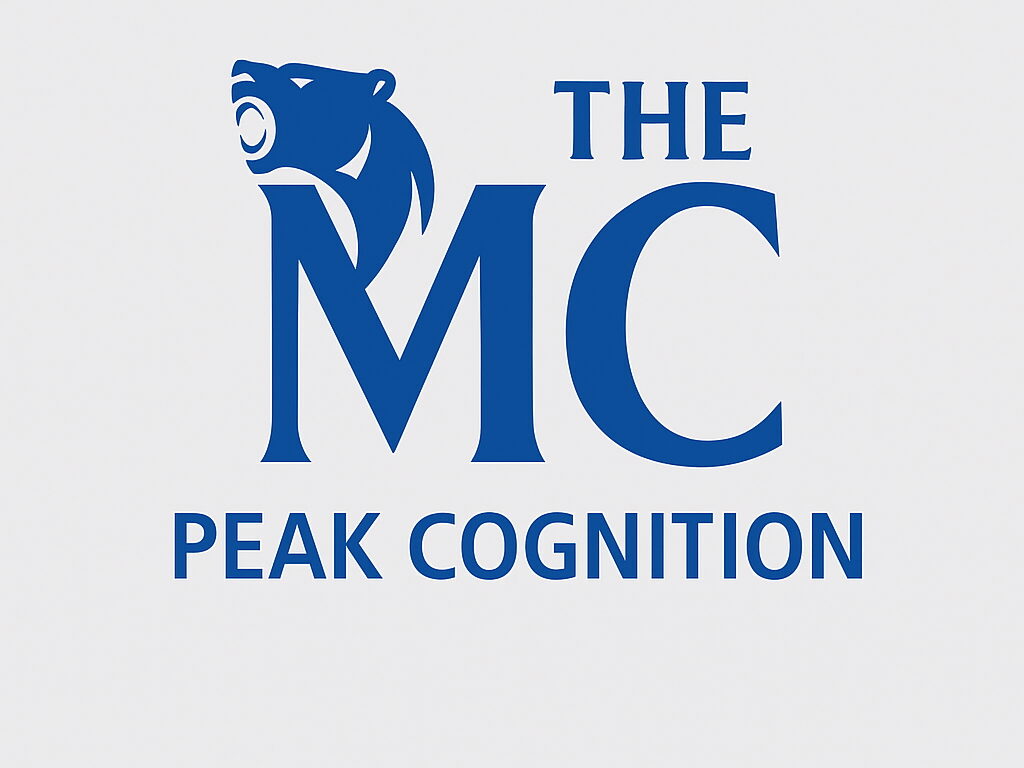Definition of Fatigue
Fatigue is an overwhelming sustained feeling of exhaustion and decreased capacity to complete physical and mental work. It is multidimensional with emotional, behavioral, and cognitive components. Feelings of fatigue are associated not only with disease states but also with healthy functioning. Approximately 20% of adults worldwide report current fatigue. When examined in terms of physical activity, feelings of fatigue are related to issues of physical exertion, inadequate rest, and sedentary life style. This entry reviews the evidence regarding the relationship between physical activity and feelings of fatigue and touches on issues of measurement and biological mechanisms.
Conceptualization and Measurement of Fatigue
Italian physiologist Angelo Mosso (1846–1910) began to shift the focus of research from fatigue of the body to fatigue of the mind during the late 19th century. Influenced by the work of Mosso, clinicians began to draw a sharp distinction between objective and subjective fatigue, thus broadening the conceptualization of fatigue. The concept of subjective fatigue raised measurement issues related to the indirect measure of central nervous system activity.Contemporary theories on physical activity and feelings of fatigue have changed little over the last century and continue to focus on the multidimensional nature of the construct. In addition, the nonspecific, subjective experience of fatigue remains difficult to operationalize through measurement instruments because of the lack of known biological markers. Thus, self-report measures have dominated the clinical and scientific community. These measures range widely in their ability to offer a valid interpretation of fatigue. Despite these limitations, clinicians and researchers recognize exercise as a valuable treatment for fatigue in which the mechanism for the positive effect is likely an interaction among biological, psychological, and psychosocial variables.
Empirical Evidence
Despite the limitations in the measurement of both physical activity and fatigue, the evidence for the effect of physical activity on feelings of fatigue generally is both positive and consistent. Both epidemiological and experimental research in the areas of exercise adoption, exercise cessation, and overtraining support this association.
Population Studies
Epidemiological evidence suggests that people who are physically active in their leisure time have about 40% reduced risk of experiencing fatigue compared with sedentary individuals. There is general agreement among population-based studies of a strong, consistent, temporally appropriate, dose-response relationship between physical activity and feelings of fatigue. Furthermore, feelings of fatigue appear to be alterable in relation to the adoption or cessation of physical activity. The beneficial effects of physical activity appear to be largest for sedentary individuals who initiate and then maintain an exercise program.
Exercise Adoption
Experimental studies examining the effects of exercise training on feelings of fatigue suggest that exercise programs reduce fatigue in previously sedentary individuals. These effects are consistent across both healthy people and patient groups. Physical activity may be especially beneficial in reducing feelings of fatigue in certain patient groups with chronic diseases such as fibromyalgia, cardiovascular disease, and cancer. Exercise may represent a low-cost, efficacious adjunctive therapy that can address other health outcomes beyond fatigue in these patient groups.
Exercise Cessation
Experimental studies examining the effects of temporary exercise cessation by people who regularly exercise suggest that exercisers experience increased feelings of fatigue during periods of exercise withdrawal. These temporary mood disturbances related to fatigue appear to be alleviated with the reintroduction of the exercise regimen.
Overtraining
Overtraining is characterized by an overload in frequency, intensity, or duration of exercise such that an individual’s training regime exceeds the recovery capacity. Overtraining can result in decreased performance and symptoms of under recovery or burnout such as fatigue. Increases in training volume during overtraining periods are associated with increased feelings of fatigue, whereas decreases in training volume during tapering periods are associated with decreased feelings of fatigue. Despite increases in negative overall mood in response to overtraining, feelings of fatigue often exhibit the earliest and largest changes in mood state.
Biological Mechanisms
Brain functioning is controlled by genes, but social, developmental, and environmental factors can alter gene expression. These alterations in gene expression can induce changes in brain functioning and behavior. This integrative process supports the conceptualization of fatigue as a multidimensional construct influenced by a variety of biological, psychological, and psychosocial factors. The specific brain mechanisms that generate the feelings of fatigue are unknown, but monoamines, histamine-, acetylcholine-, and gamma-aminobutyric acid (GABA)-mediated neurotransmission have been implicated. There is evidence that physical activity can alter these neurotransmitters and neuromodulators in key brain areas associated with fatigue, such as the dorsolateral prefrontal cortex, striatum, cerebellum, and spinal cord.
Conclusion
Physical activity is a healthful behavior that has promise for combating feelings of fatigue. Historically clinicians have recognized the physiological and psychological aspects of fatigue and have consistently recommended exercise as a treatment. The subjective nature of feelings of fatigue has made conceptualizing and measuring the construct difficult. Despite such limitations, epidemiological and experimental evidence suggests physical activity does reduce feelings of fatigue across both healthy groups and patient populations. However, intensive exercise training can produce feelings of fatigue in the event of overtraining. The biological mechanisms associated with physical activity and fatigue should be considered in relation to the nature of the exercise stimulus.
References:
- Dittner, A. J., Wessely, S. C., & Brown, R. G. (2004). The assessment of fatigue: A practical guide for clinicians and researchers. Journal of Psychosomatic Research, 56, 157–170.
- Meeusen, R., Watson, P., Hasegawa, H., Roelands, B., & Piacentini, M. F. (2007). Brain neurotransmitters in fatigue and overtraining. Applied Physiology, Nutrition, and Metabolism, 32, 857–864.
- Puetz, T. W. (2006). Physical activity and feelings of energy and fatigue: Epidemiological evidence. Sports Medicine, 36, 767–780.
- Puetz, T. W., O’Connor, P. J., & Dishman, R. K. (2006). Effects of chronic exercise on feelings of energy and fatigue: A quantitative synthesis. Psychological Bulletin, 132, 866–876.
- St Clair Gibson, A., Baden, D. A., Lambert, M. I., Lambert, E. V., Harley, Y. X., Hampson, D., et al. (2003). The conscious perception of the sensation of fatigue. Sports Medicine, 3
